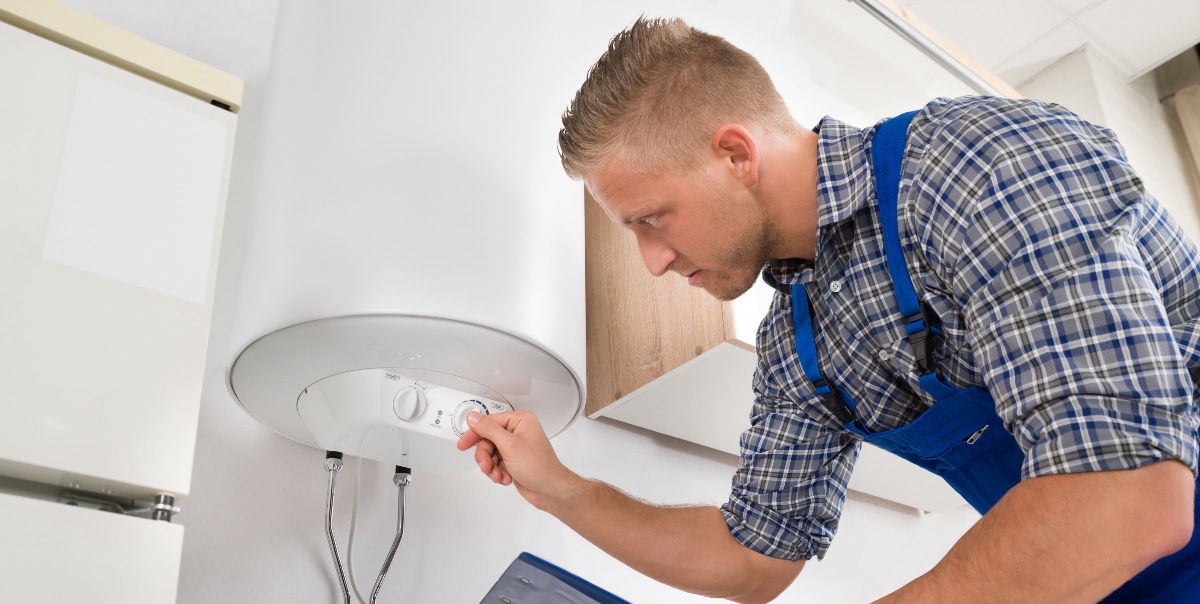Step-by-Step Guide to Maintaining Your Home's Hot Water SystemEssential Maintenance Strategies for Your Home's Hot Water System
Step-by-Step Guide to Maintaining Your Home's Hot Water SystemEssential Maintenance Strategies for Your Home's Hot Water System
Blog Article
Right here underneath you can get some exceptional help and advice on the subject of How to Maintain Your Water Heater & Prolong its Life.

Hot water is essential for day-to-day convenience, whether it's for a refreshing shower or cleaning dishes. To ensure your hot water system runs efficiently and lasts much longer, regular upkeep is essential. This write-up supplies practical pointers and insights on how to keep your home's hot water system to avoid disturbances and expensive repairs.
Intro
Preserving your home's hot water system might appear complicated, however with a few basic actions, you can ensure it operates efficiently for years ahead. This guide covers every little thing from comprehending your hot water system to do it yourself maintenance pointers and understanding when to employ professional aid.
Significance of Keeping Your Warm Water System
Routine maintenance not just extends the life-span of your hot water system yet additionally guarantees it operates successfully. Overlooking upkeep can result in reduced effectiveness, greater energy expenses, and also premature failing of the system.
Signs Your Warm Water System Needs Maintenance
Recognizing when your hot water system requires attention can stop significant issues. Keep an eye out for indications such as irregular water temperature, odd noises from the heating unit, or corroded water.
Comprehending Your Warm Water System
Before diving into upkeep jobs, it's valuable to comprehend the fundamental elements of your warm water system. Commonly, this includes the water heater itself, pipes, anode rods, and temperature level controls.
Monthly Upkeep Tasks
Regular monthly checks can help catch minor problems prior to they intensify.
Purging the Water Heater
Flushing your hot water heater gets rid of debris buildup, enhancing effectiveness and lengthening its life.
Checking and Changing Anode Rods
Anode poles protect against deterioration inside the container. Evaluating and changing them when broken is crucial.
Evaluating and Changing Temperature Settings
Adjusting the temperature setups makes sure ideal efficiency and security.
DIY Tips for Upkeep
You can execute numerous upkeep jobs yourself to keep your hot water system in top problem.
Looking for Leakages
Consistently check pipelines and links for leakages, as these can cause water damages and higher bills.
Testing Pressure Alleviation Valves
Checking the stress relief valve ensures it operates appropriately and stops extreme pressure buildup.
Shielding Pipelines
Shielding warm water pipes reduces warmth loss and can save energy.
When to Call a Professional
While do it yourself upkeep is useful, some issues call for specialist competence.
Complex Concerns Requiring Specialist Assistance
Instances consist of major leakages, electrical troubles, or if your water heater is regularly underperforming.
Regular Professional Upkeep Benefits
Expert maintenance can include thorough assessments, tune-ups, and ensuring compliance with safety and security requirements.
Verdict
Regular maintenance of your home's hot water system is crucial for efficiency, durability, and price financial savings. By adhering to these suggestions and recognizing when to seek expert aid, you can ensure a trustworthy supply of warm water without unexpected interruptions.
How to Maintain an Instant Hot Water Heater
Before tinkering with your hot water heater, make sure that it’s not powered on. You also have to turn off the main circuit breaker and shut off the main gas line to prevent accidents. Also turn off the water valves connected to your unit to prevent water from flowing into and out of the appliance. 2. When you’re done, you have to detach the purge valves’ caps. These look like the letter “T” and are situated on either side of the water valves. Doing so will release any pressure that has accumulated inside the valves while at the same time avoid hot water from shooting out and burning your skin. 3. When the purge valves’ caps are removed, you have to connect your hosing lines to the valves. Your unit should have come with three hoses but if it didn’t, you can purchase these things from any hardware or home repair shops. You can also get them from retail stores that sell water heating systems. Read the user’s manual and follow it to complete this task properly. When the hosing lines are connected, open the purge port’s valves. 4. You should never use harsh chemical cleaners or solutions when cleaning your unit. Make use of white vinegar instead. It should be undiluted and you’ll probably use about 2 gallons. 5. Now flush your water heater. This task should probably take about 40 minutes. We can’t give you specific directions for this because the procedure is carried out depending on the type, model and brand of your heater. With that being said, refer to the user’s manual. 6. When you’re done draining the unit, you have to turn off the purge port valves again. Remove the hosing lines that you earlier installed on each of the water valves. Put the valve caps (purge port) back in their respective places and be very careful so as not to damage the rubber discs that are found inside these caps. 7. Now that everything’s back in place, check your user’s manual again to find out how to reactivate your water heating system. 8. Once it is working, turn one of your hot water faucets on just to let air pass through the heater’s water supply pipes. Leave the tap on until water flows smoothly out of it. https://www.orrplumbing.com/blog/2014/september/how-to-maintain-an-instant-hot-water-heater/

As an enthusiastic reader about Tips For Maintaining Your Hot Water Heater, I think sharing that excerpt was really useful. Don't hesitate to pause to promote this content if you liked it. I praise you for your time. Return soon.
Schedule Here Report this page